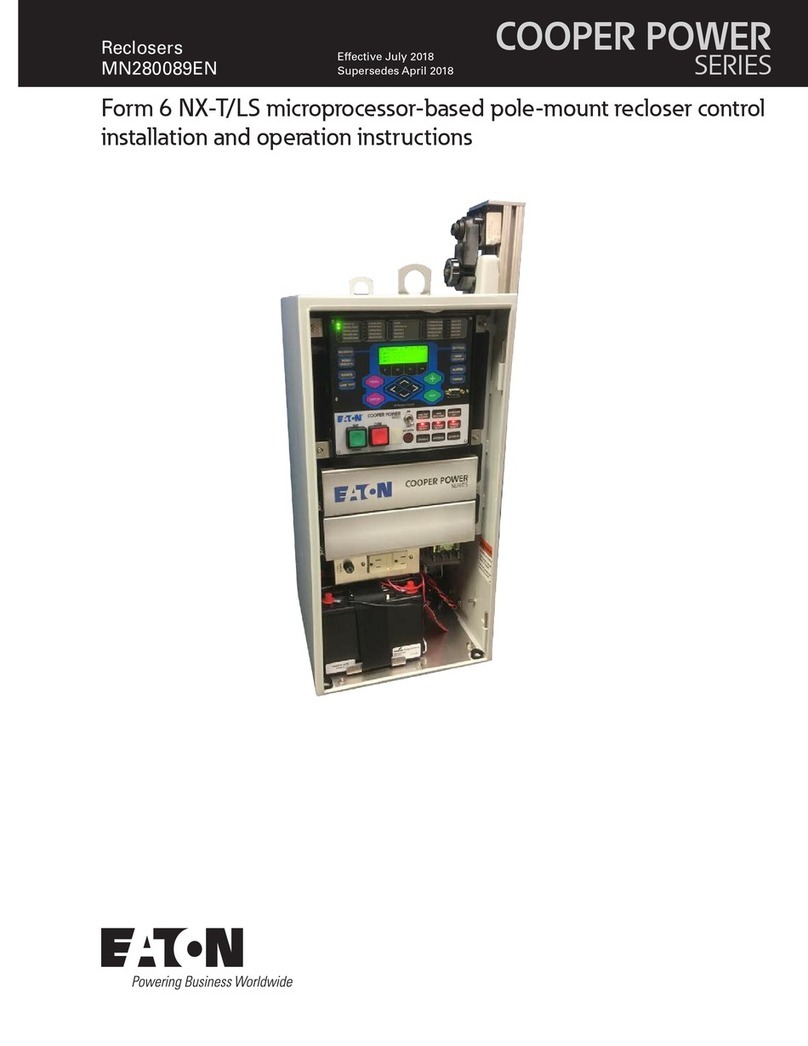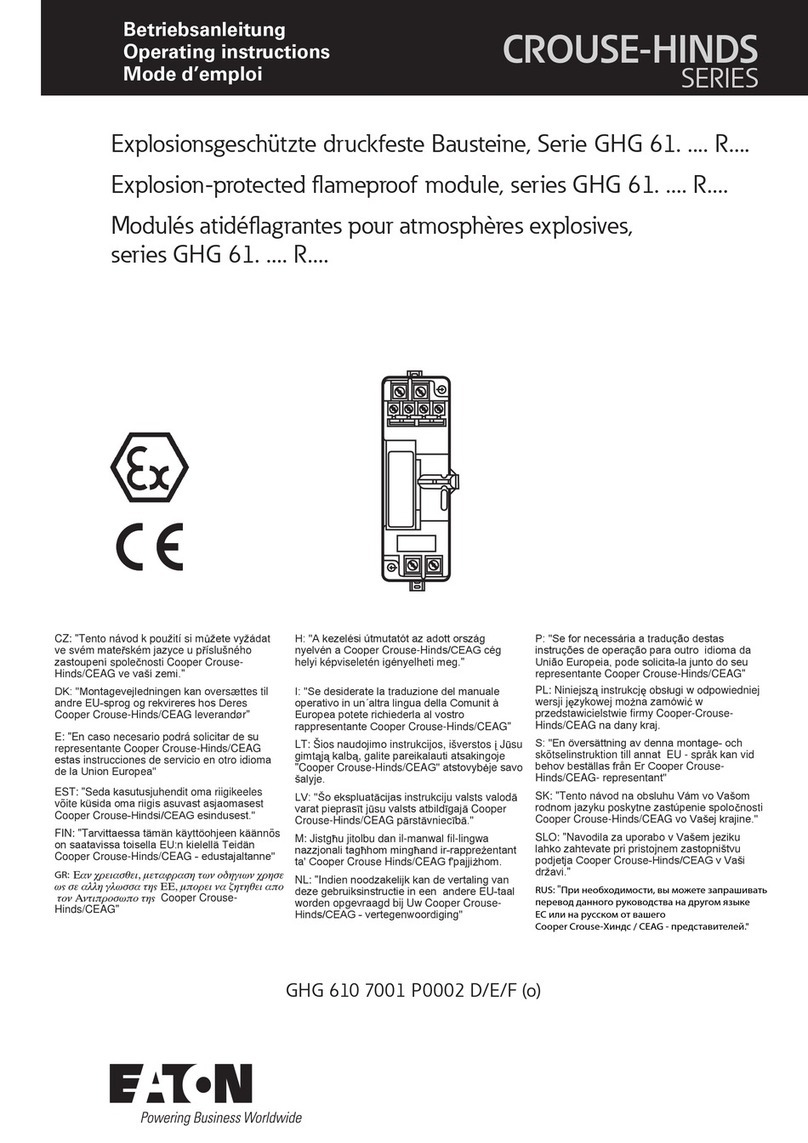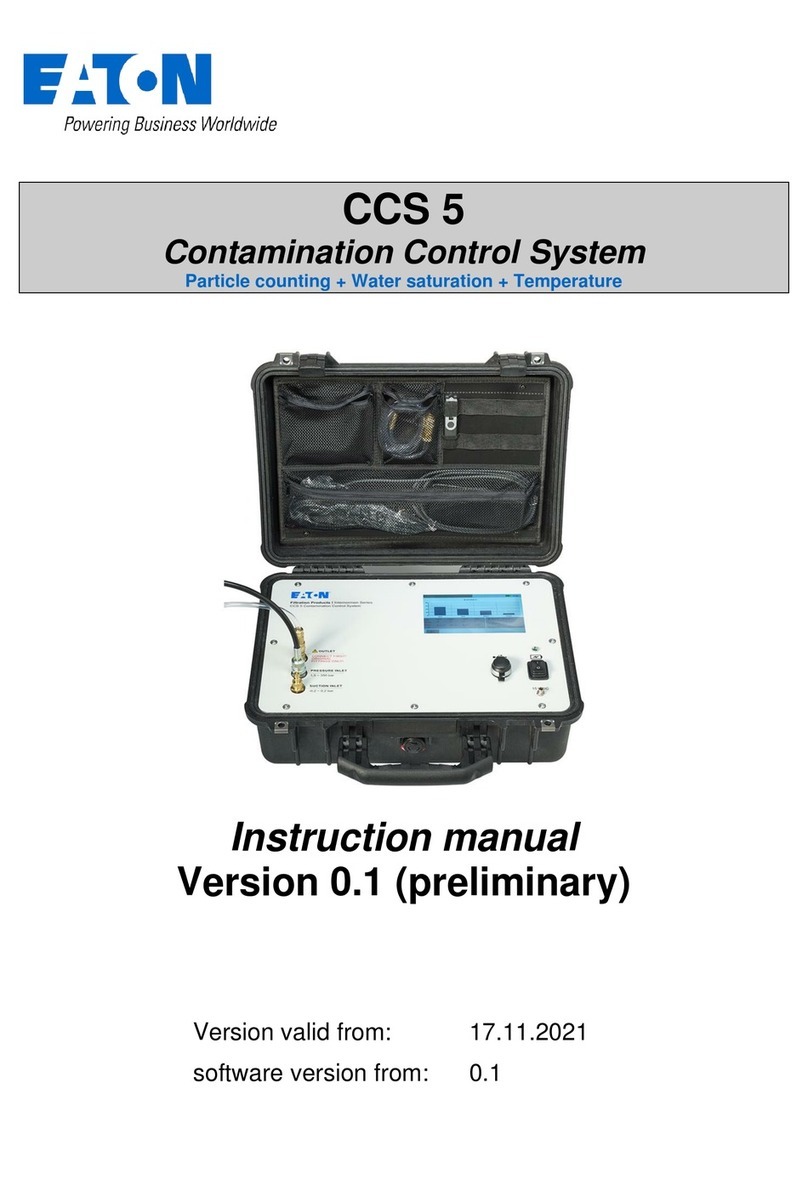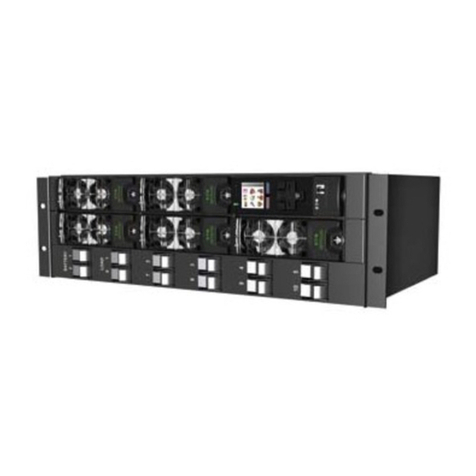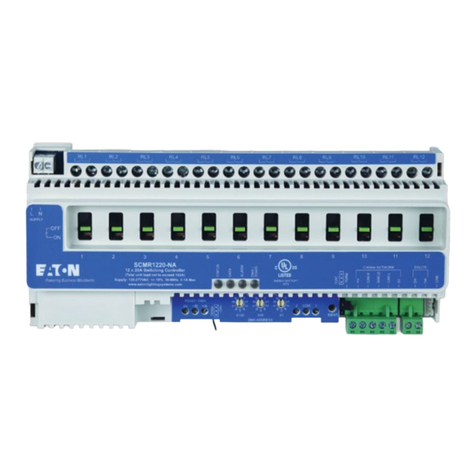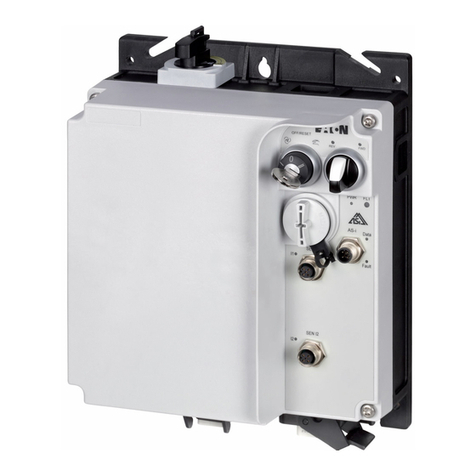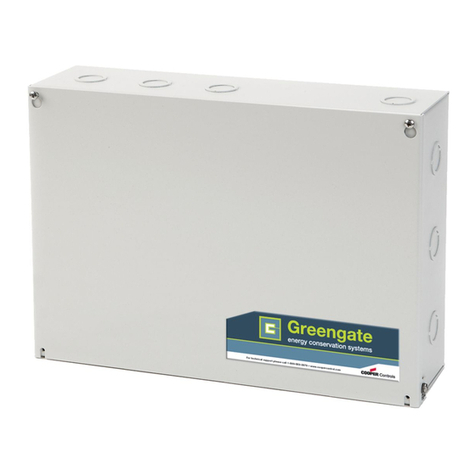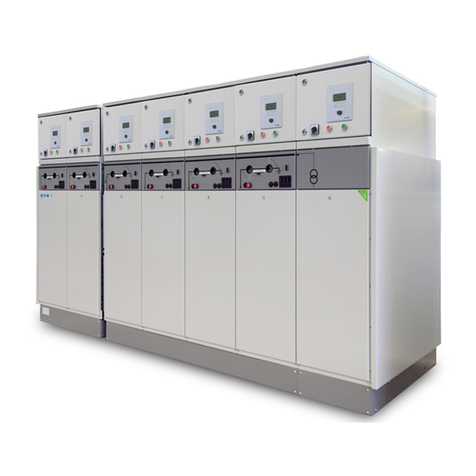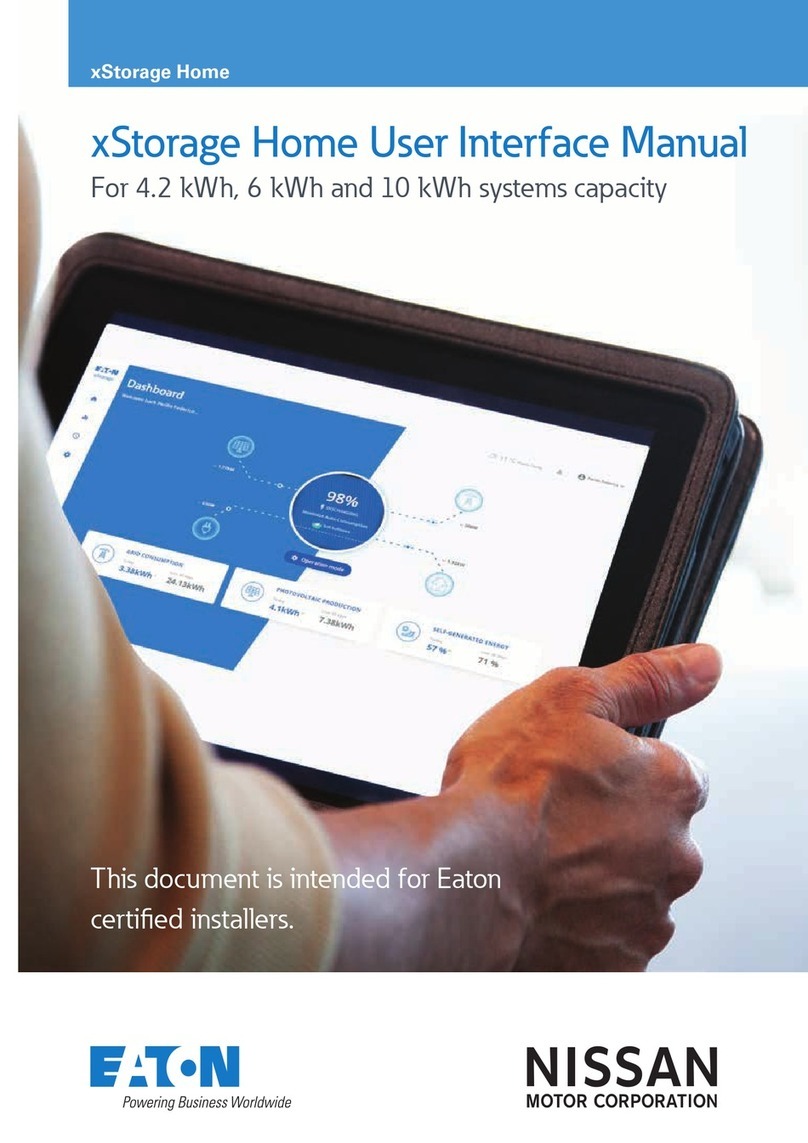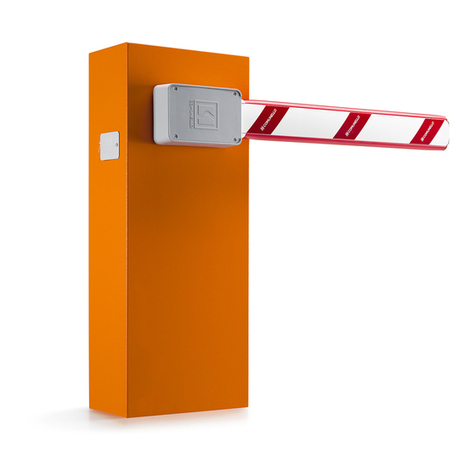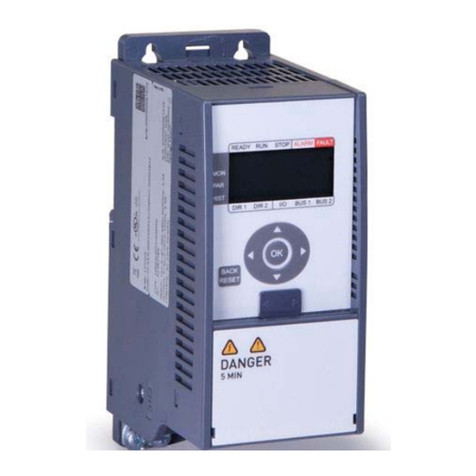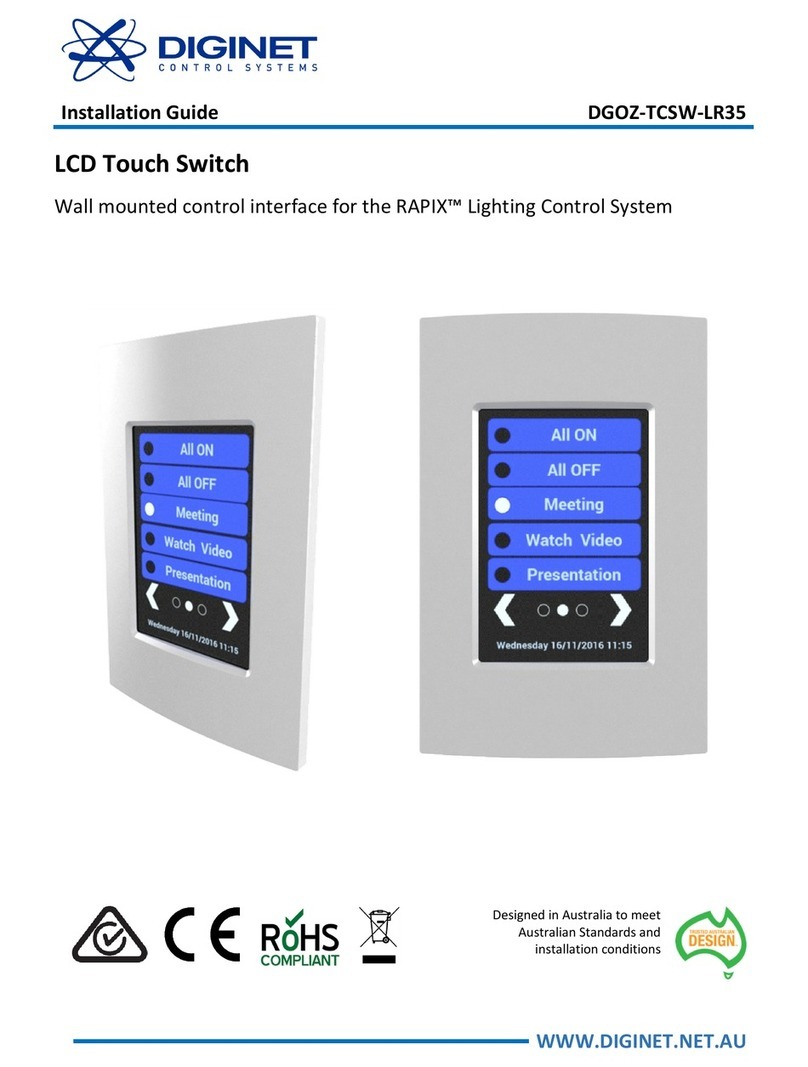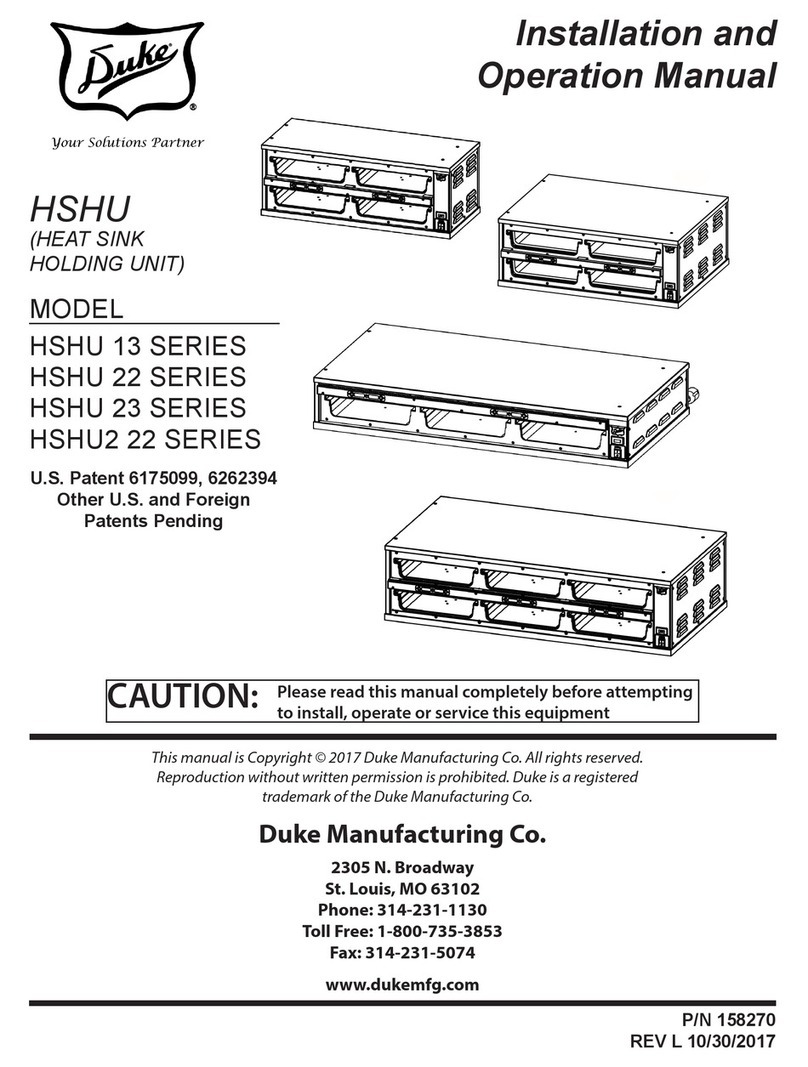
2INSTALLATION AND OPERATION INSTRUCTIONS MN280095EN November 2020
Form 7 Microprocessor-Based Pole-Mount Recloser Control
IMPORTANT
Connect the control battery before AC power is
connected to the control’s AC supply Input Terminal
Block.The battery must be disconnected and removed
prior to shipping. The battery must be disconnected
prior to storing the control. See Figure 13.
ote:N When shipped from the factory, the battery will be in
the same carton as the control. The battery leads will
be taped to the battery casing. Connect the battery
plugs into the mating connectors to complete the
battery circuit.
Dispose expired batteries in an environmentally responsible
manner. Consult local regulations for proper battery disposal.
FORM 7 CONTROL DESCRIPTION
Description
The Form 7 control is designed for use with NOVA NX-T
reclosers to provide protection, metering, and automation
of distribution feeders in substation and line applications.
The control operates the individual reclosers representing
phases A, B, and C.
ote:N The phase sequence positions (phase A, B, and C)
are independent of each other.
The Form 7 recloser control includes extensive system
protection functionality including:
Phase, ground, and negative sequence overcurrent
protection
Over/under frequency and voltage protection
Directionality
Sync check
Analysis tools are provided to empower the user’s ability to
respond to events occurring on their system. These tools
include fault locating, event recording, WorkBench NXG, and
oscillography.
Metering functions include demand and instantaneous
current on a per-phase basis, instantaneous voltage and
power factor on a per-phase basis, and power (real, reactive,
apparent) on a per phase or total basis. Symmetrical
components for both voltage and current are displayed
along with kilowatt-hours for energy metering. Harmonics
from the 2nd to the 15th harmonic are also included.
Use the front panel LCD display to:
Configure the operating settings for the control
Display metering, counter information, control
parameters, and alarms
Provide diagnostic information
With Form 7 NXG interface software, you can perform
control programming, interrogation, and operations. Install
the software on a personal computer and connect it to the
control’s front panel through the USB or Ethernet port.
The NXG interface program software includes additional
functions used to create and graphically display Time
Current Curves, and provides the WorkBench NXG for
configuring user-selected inputs and outputs, configurable
event and alarm data, and selectable communication points
for serial and Ethernet communication.
The control operates on 50 and 60 Hz systems.
The control can be configured, by the factory or by the
user, for a wide variety of applications. If user requirements
change, the control functions can be modified to meet the
new requirements.
Theory of operation
A functional block diagram of the Form 7 control is shown
in Figure 1. Current sensing is provided by three current
transformers located in the recloser and interfaced to the
Form 7 control through the control cable. The control cable
also supplies the Form 7 with the trip and close signals, the
recloser status, and provides a connection to the Recloser
Interface (RIF) module that provides isolation and reliable
operation. Voltages for metering are connected to the
voltage data acquisition (DAQ) module through connectors
P251 and P252. If PT (potential transformer) sensing is
being used, the signals are first routed through the PT
sensing board and connected at TB8.
Line current flowing through the recloser is measured by the
integrated current transformers and then converted by the
DAQ module to a digital signal suitable for metering and fault
current calculations. Data sampling occurs at a rate of 128
samples/cycle. The CPU contains a data acquisition section
that uses the acquired samples to compute the fundamental
currents and voltage for use in overcurrent, under/
overvoltage, and under/overfrequency protection, as well as
currents and voltages for metering functions. The current for
overcurrent protection is calculated on a sub-cycle basis; it
includes only the fundamental and DC component.
When the phase or ground current exceeds its programmed
minimum-trip value and associated time-current-curve (TCC)
timing, the control initiates the programmed sequence of
recloser tripping and reclosing operations via the CPU and
RIF modules. If the fault is temporary, the control ceases
to command recloser operations after a successful reclose,
and the control resets to the start of its operating sequence
after a preset time delay. If the fault is permanent, the
control performs its complete programmed sequence of
reclose commands and locks out with the recloser open.
Once locked out, the control must be closed via the
operator panel or SCADA communications. This resets the
control to the start of the operating sequence.
